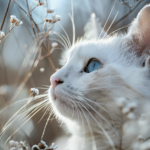Have you ever looked into the eyes of your aging cat and wondered what they’re feeling as the years pass by? Senior cats face a world of changes, not just in their bodies but deep in their hearts and minds. Sometimes, they seem confused, anxious, or a little less playful than before—and those shifts can be just as tough for us as for them. This journey is touching, sometimes heartbreaking, but also filled with opportunities to show love in ways you never imagined. If you’re ready to become your older kitty’s emotional anchor, this guide is for you.
Recognizing Emotional Changes in Senior Cats

Noticing emotional shifts in your senior cat is the first step to offering support. You might observe your cat becoming more withdrawn, sleeping in unusual places, or showing less interest in play. Some senior cats become clingy, following you from room to room like a shadow. Others may vocalize more, as if trying to share something they can’t quite express. These changes aren’t just quirks—they can be a cry for help or a sign of discomfort. Watch for subtle cues like flattened ears, tail flicks, or a sudden change in grooming habits. When you recognize these emotional signals early, you can respond with the compassion and attention your cat needs most.
Understanding the Causes of Emotional Shifts
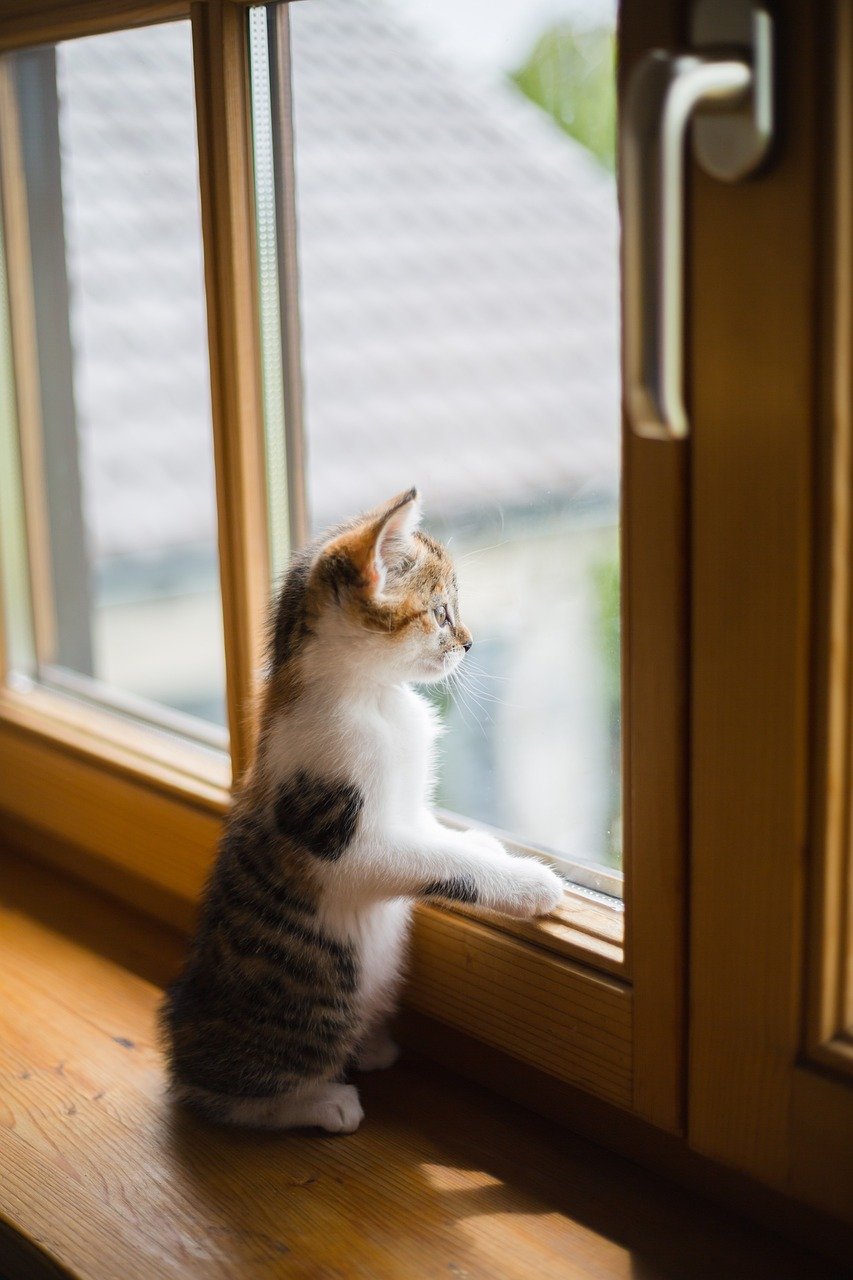
Aging brings a whirlwind of changes that can unsettle even the most laid-back feline. Physical discomfort from arthritis or other chronic conditions can leave cats feeling vulnerable or grumpy. Vision or hearing loss might make your companion more anxious, especially in unfamiliar situations. Sometimes, a change in the household, like a new family member or pet, can spark jealousy or confusion. Even the loss of a fellow pet can lead to genuine feline grief. Knowing what’s behind your cat’s emotional shifts helps you approach their needs with patience and empathy, not frustration.
Creating a Safe and Comfortable Environment
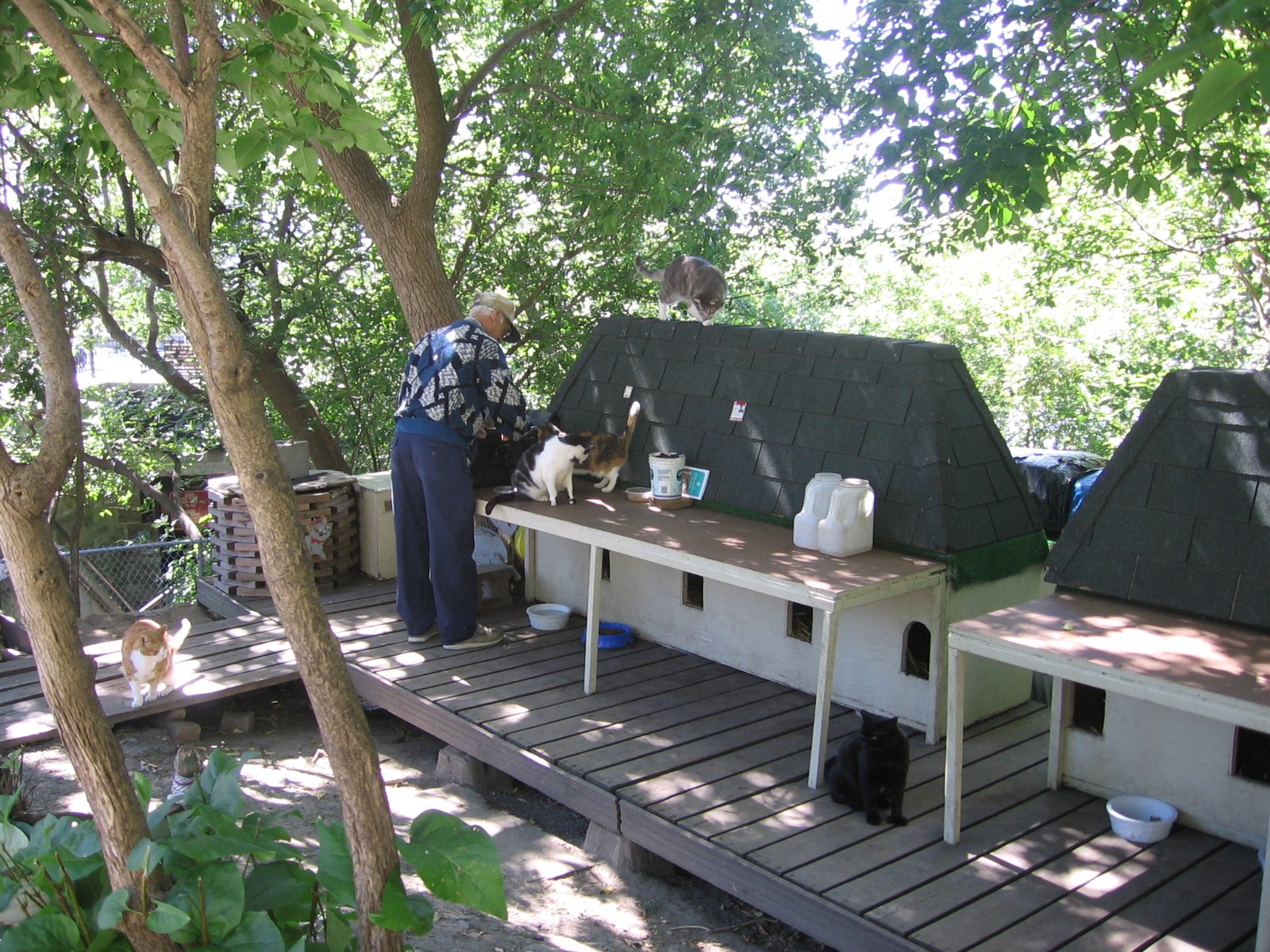
Your senior cat’s world should feel like a sanctuary. Make sure they have easy access to their favorite resting spots—maybe a plush bed near a sunny window or a quiet nook away from household bustle. Reduce high jumps by providing ramps or steps, so your aging friend doesn’t have to struggle. Keep their essentials—food, water, and litter box—in easily accessible locations. Familiar scents, like their favorite blanket or your worn T-shirt, can be incredibly comforting. The more predictable and cozy you make their space, the more secure and calm they’ll feel.
Establishing Consistent Routines
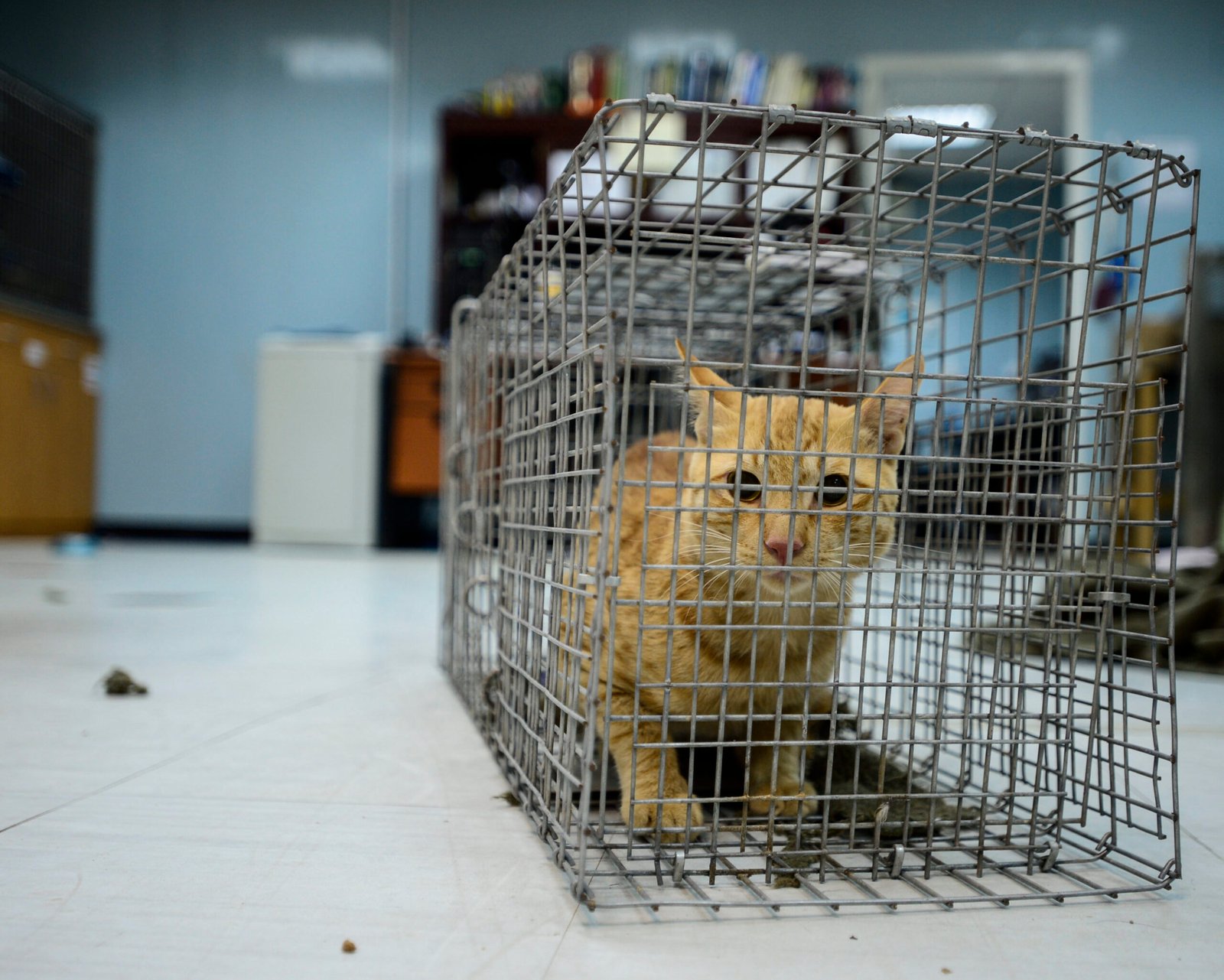
Cats are creatures of habit, and this is especially true as they age. Consistency in feeding times, play sessions, and even your own comings and goings can help your cat feel grounded. If you need to make changes to their schedule, do it gradually to avoid confusion. Try to keep loud noises, rearrangements, and surprises to a minimum. A predictable routine tells your senior cat that the world is still safe and reliable, even as their own senses might be fading. In this way, you become the steady heart of their universe.
Offering Gentle Physical Affection

Older cats often crave gentle touch, but they may also have tender spots from arthritis or old injuries. Start with soft strokes along the head and cheeks, paying attention to their reactions. If they lean in, keep going; if they pull away, respect their boundaries. Brushing can be soothing and also helps you spot any lumps or changes in their coat. Sometimes, a simple hand resting on their side is all they need to feel your love. Remember, every cat is unique—some want to snuggle, while others prefer affection from a distance.
Engaging in Mindful Play
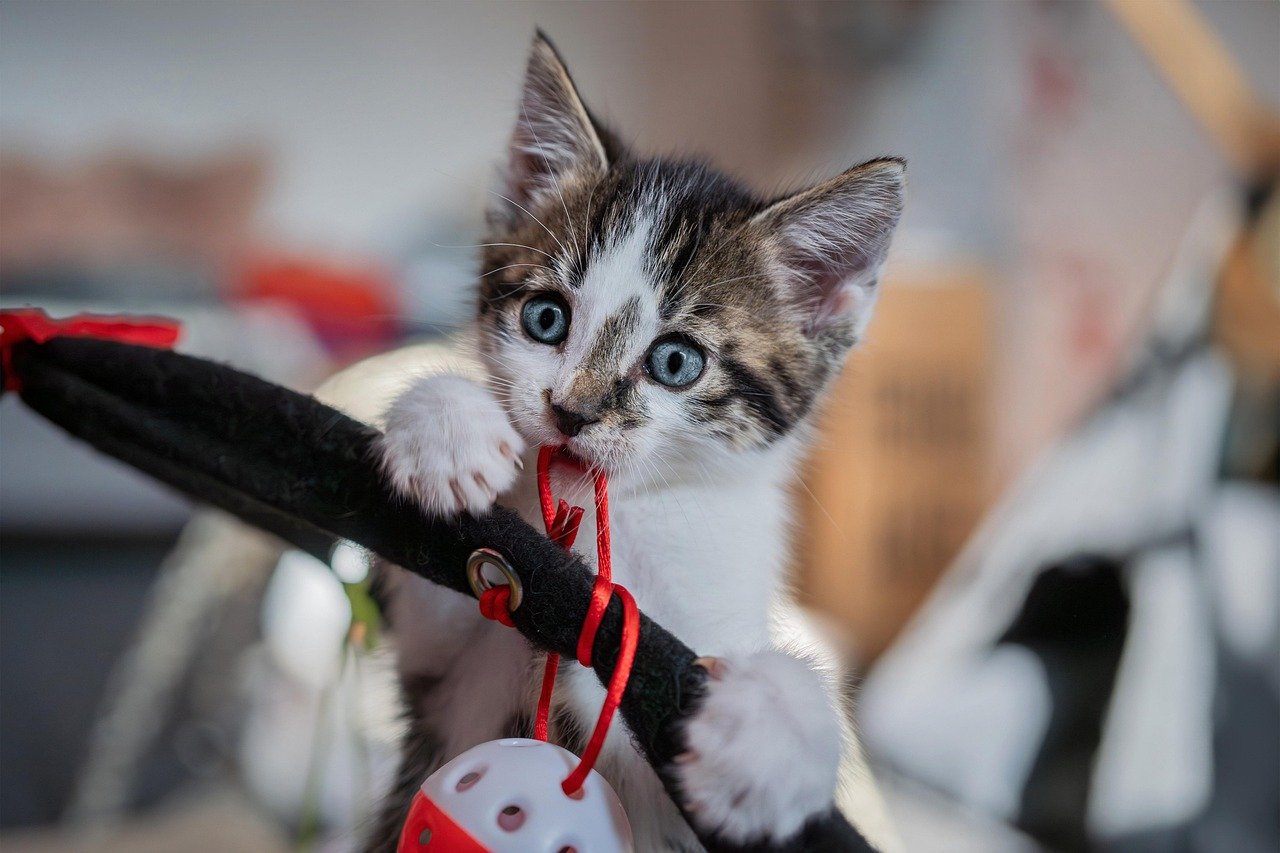
Don’t assume your senior cat doesn’t want to play—just adapt the games to their slower pace. Wand toys that mimic gentle bird movements or puzzle feeders can keep their minds sharp without demanding too much physical effort. Short, frequent play sessions are better than long, exhausting ones. Some cats enjoy batting at a string or chasing a soft toy, even if they move more slowly. Playtime isn’t just about exercise; it’s a way to connect emotionally and keep their spirits lifted.
Supporting Their Social Needs

As cats age, their social preferences can change dramatically. Some become more sociable, seeking out your company at every opportunity, while others may prefer solitude. Respect their wishes—don’t force interaction, but make yourself available for companionship. If you have a multi-pet household, monitor interactions to ensure your senior cat isn’t being bullied or overwhelmed. Sometimes, a quiet conversation or just sitting nearby can be enough to let them know they’re not alone.
Being Alert to Signs of Anxiety or Depression

It’s heartbreaking to see your cat anxious or depressed, but these emotions are real in senior felines. Watch for signs like excessive hiding, lack of appetite, over-grooming, or sudden aggression. These behaviors can be a response to pain, confusion, or simply the stress of aging. If you notice such changes, a visit to the vet can help rule out medical causes. Sometimes, all your cat needs is extra reassurance and a little extra TLC as they adjust to their new reality.
Addressing Sensory Decline Compassionately

Losing vision or hearing can make the world feel scary for your cat. Approach them gently from the front so they see or sense you coming. Avoid moving furniture around frequently, as familiar landmarks help them navigate. Use your voice or gentle vibrations to announce yourself if their hearing is waning. Nightlights can help if your cat seems confused in the dark. By making small adjustments, you help your cat feel safe and less startled by the unexpected.
Introducing Calming Aids and Products

Sometimes, senior cats benefit from calming aids—like pheromone diffusers, calming collars, or soft music. These products mimic natural feline signals and can ease tension. Some cats find comfort in special anxiety wraps or a cozy, enclosed bed. Herbal remedies or supplements, approved by your vet, may also help. Every cat is different, and finding the right combination might take a little trial and error. The key is to watch their reaction and stick with what makes them truly calm.
Communicating with Your Veterinarian
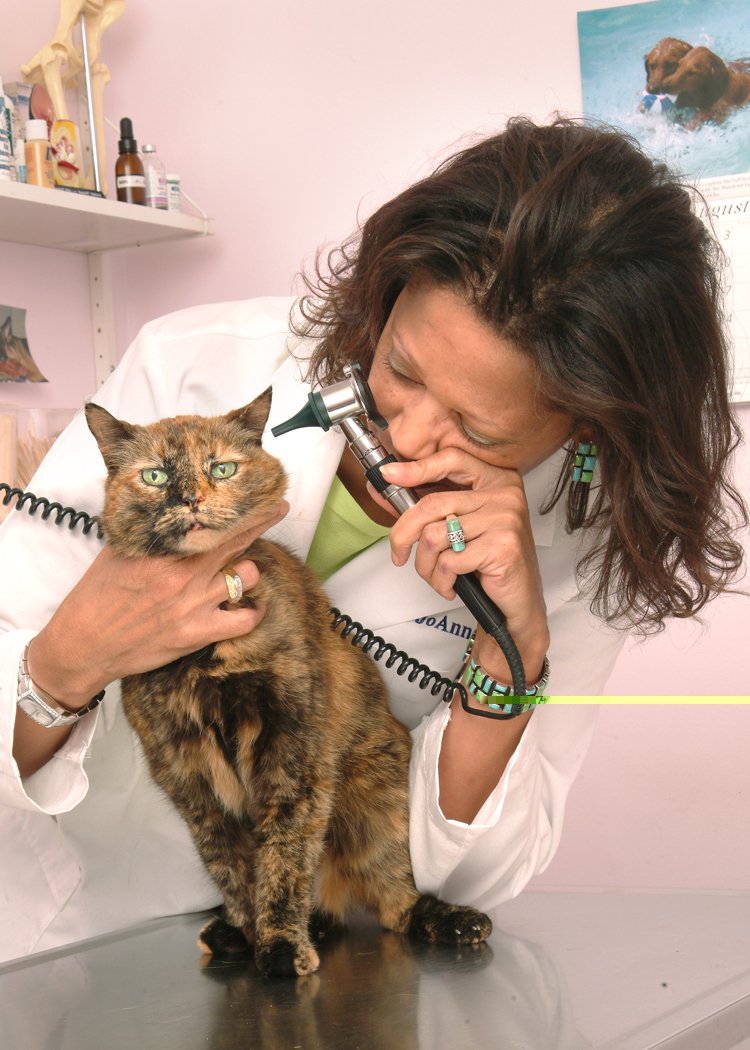
Don’t underestimate the value of regular vet checkups. Share any changes in your cat’s mood, appetite, or behavior, even if they seem minor. Sometimes what looks like “just getting old” is actually a treatable condition. Your vet can suggest pain relief, dietary adjustments, or even anti-anxiety medications if needed. Building an open, honest partnership with your vet ensures your senior cat gets the best care for both body and mind.
Adapting to Changes in Appetite and Eating Habits
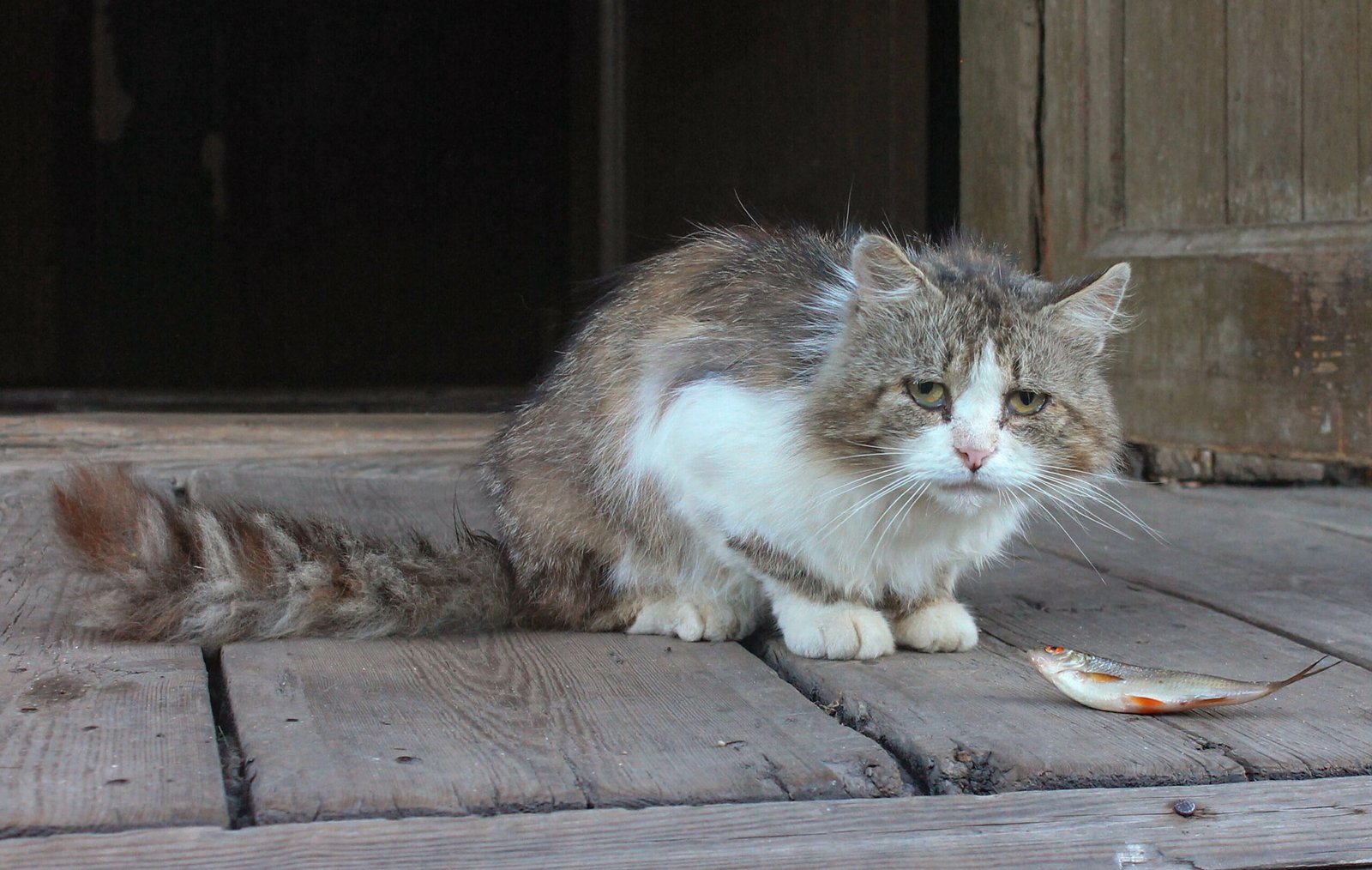
Appetite changes are common in older cats and can be tied to emotional shifts or health problems. Offer smaller, more frequent meals to tempt picky eaters. Warm food slightly to make it smell more enticing, and try different textures—some seniors prefer soft, moist foods. If your cat seems uninterested in eating, try hand-feeding or offering treats as encouragement. Eating is more than just nutrition; it’s a daily ritual that can reassure your cat everything is okay.
Providing Enrichment for Mental Health

Boredom can quickly turn into depression for a senior cat. Rotate toys, provide new scratching posts, and offer window views so your cat can watch the world outside. Even a cardboard box or paper bag can become an adventure. Puzzle feeders and treat-dispensing toys engage their minds and keep them curious. Enrichment doesn’t have to be fancy—it just needs to spark a little joy and keep your cat thinking and exploring.
Managing Household Changes Smoothly
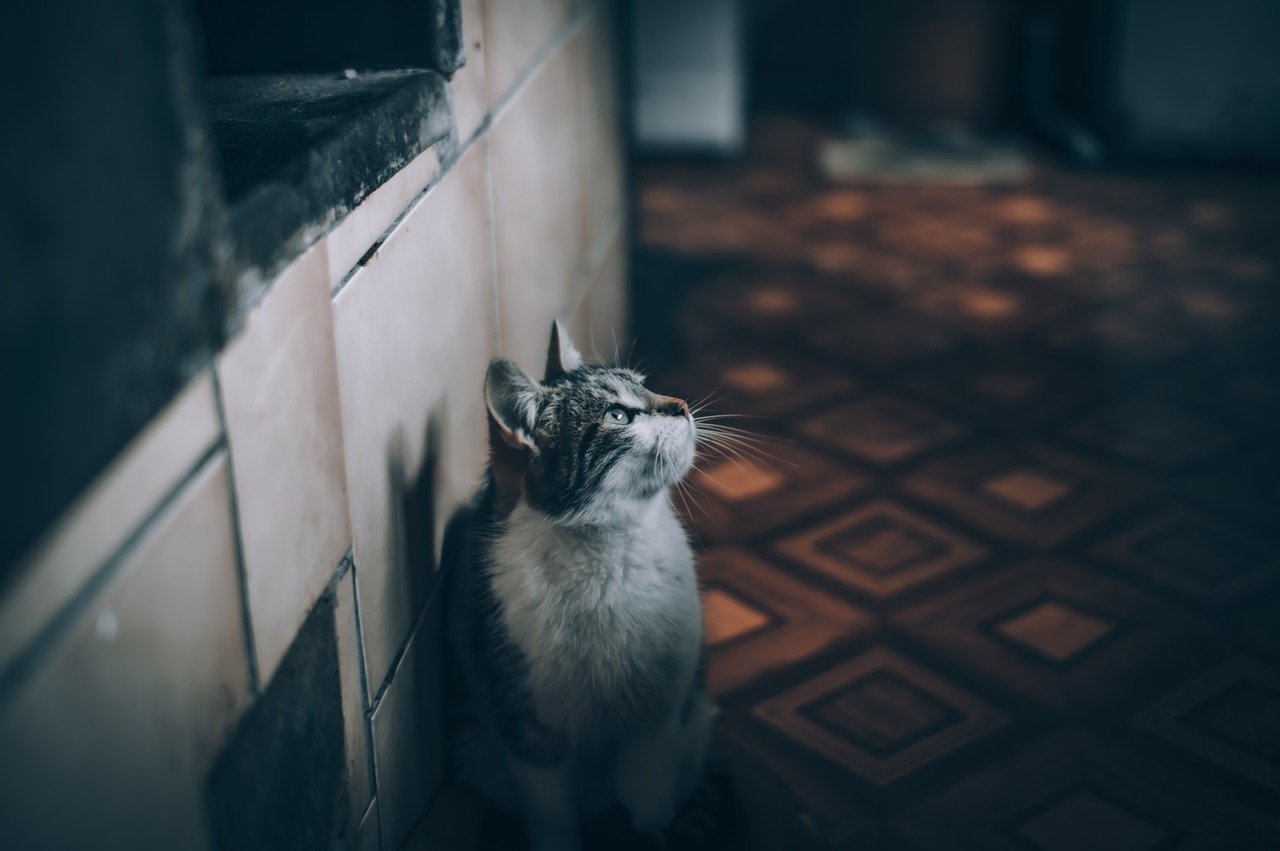
Big changes—like moving house, renovations, or new family members—can be overwhelming for a senior cat. Introduce changes slowly, giving your cat time to adjust to new sights and smells. Provide a safe room with familiar items during transitions. Talk to your cat in a calm, reassuring voice, and try to keep routines as normal as possible. Even a small change, like a new piece of furniture, can be startling. Patience and gradual introductions are your best tools.
Helping with the Loss of a Companion
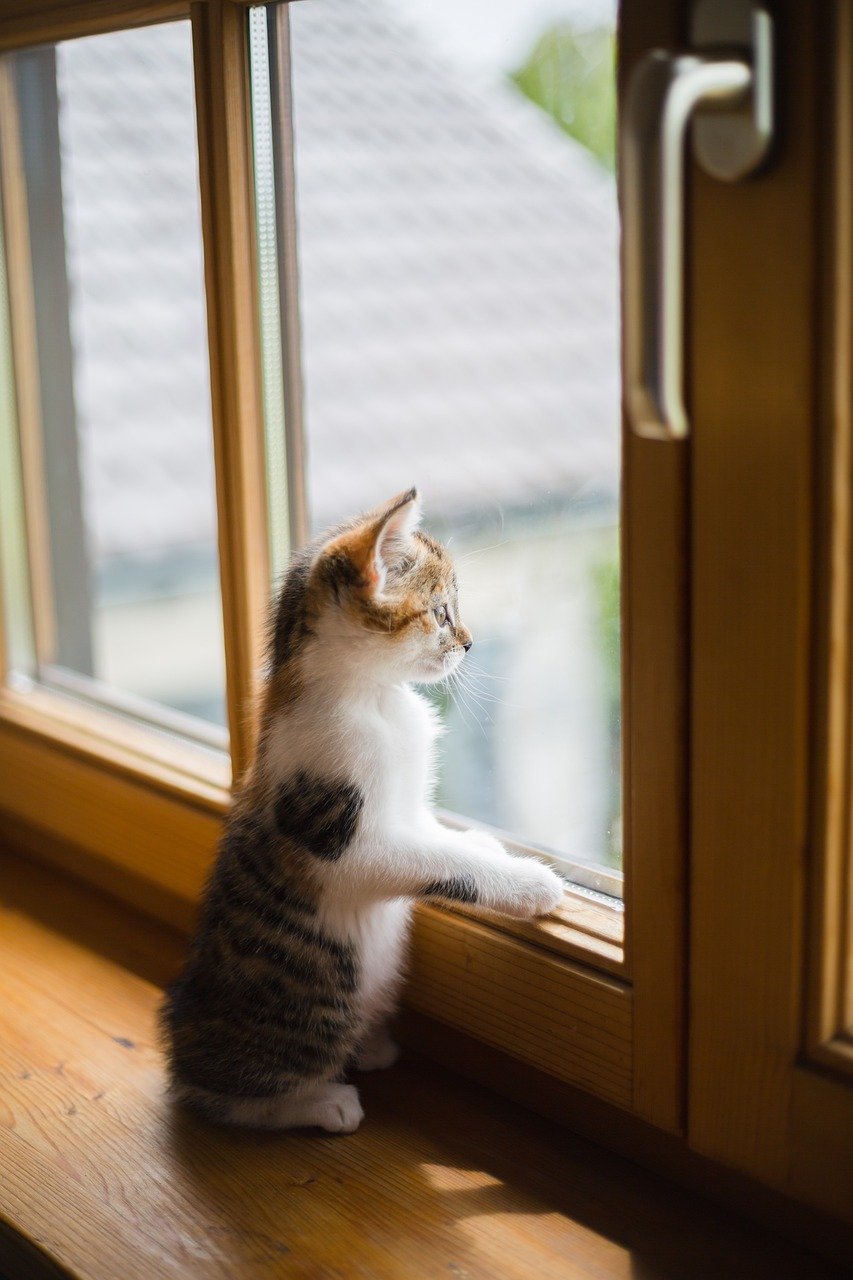
If your senior cat loses a longtime companion, the grief can be profound. You might see signs of mourning: searching, crying, or withdrawing from family life. Offer extra attention and comfort, but don’t rush them through the grieving process. Some cats appreciate having a new companion, while others need time alone. Watch their reactions carefully and adjust your approach to what they seem to need most. This is a tender time, and your empathy can make all the difference.
Encouraging Mobility and Activity

Stiffness or pain can make senior cats reluctant to move, but gentle encouragement helps keep them active. Try low-impact activities like light play, gentle stretching, or simply encouraging them to walk to their food bowl. Place ramps or soft mats to make movement easier. Even a few minutes of activity each day can boost their mood and mobility. Celebrate small victories and keep the focus on fun, not performance.
Minimizing Stress from Vet Visits

Trips to the vet can be stressful, especially for older cats who crave routine. Use a comfortable, familiar carrier with a soft blanket inside. Practice short “dry runs” to help your cat get used to the carrier and car rides. Bring a favorite toy or treat to the appointment for comfort. Talk to your vet about ways to minimize stress, such as pheromone sprays or even at-home visits if possible. Reducing stress around vet care makes it easier to address health and emotional needs.
Using Positive Reinforcement Daily

Positive reinforcement works wonders with senior cats. Reward calm behavior and gentle interactions with treats, petting, or kind words. Avoid punishment—older cats can be sensitive and easily startled. When your cat tries something new or adapts to a change, celebrate it! A little praise or a special snack can reinforce good feelings and encourage your cat to stay engaged and happy.
Recognizing When to Seek Professional Help

Sometimes, despite your best efforts, emotional changes persist or worsen. If your cat seems persistently depressed, anxious, or aggressive, it’s time to reach out for professional help. Animal behaviorists or feline therapists can offer specialized advice. Your vet can also help rule out underlying medical causes. Don’t hesitate to ask for help—it’s a sign of deep love, not failure.
Taking Care of Your Own Emotions

Supporting a senior cat through emotional changes can tug at your own heartstrings. It’s normal to feel sadness, frustration, or even guilt as you watch your beloved companion age. Remember to care for yourself as well—talk to friends, join a pet support group, or write about your experiences. Sharing your journey can bring comfort and remind you that you’re not alone. Your emotional well-being matters just as much as your cat’s.
Celebrating Every Moment Together
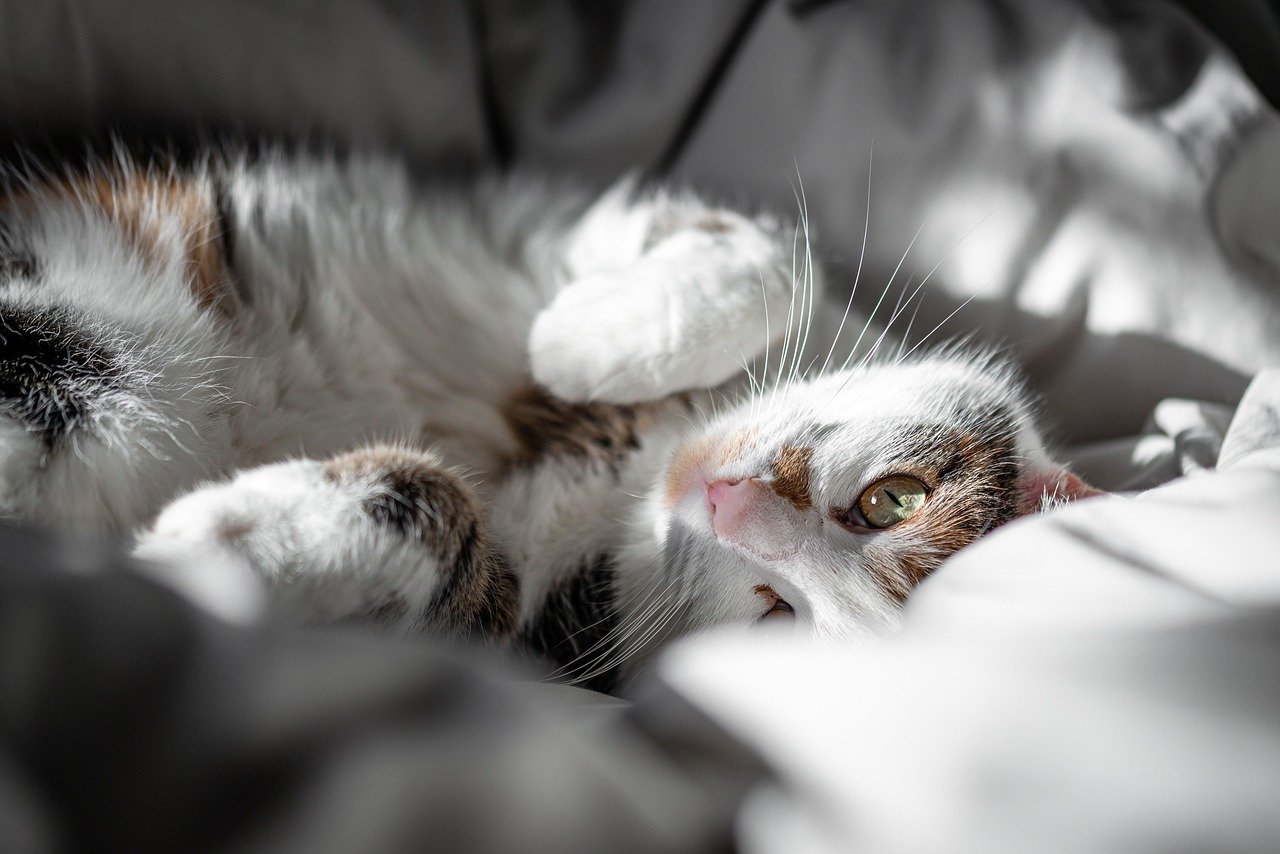
Every day with your senior cat is a precious gift. Take time to enjoy quiet moments, silly quirks, and gentle purrs. Capture memories with photos or notes about your favorite shared routines. Celebrate the little victories—an afternoon nap in the sun, a playful swat, a soft head bump. These moments, woven together, create a beautiful tapestry of love and loyalty. Isn’t it incredible how much our cats teach us about resilience and tenderness as they grow old?
Hi, I’m Bola, a passionate writer and creative strategist with a knack for crafting compelling content that educates, inspires, and connects. Over the years, I’ve honed my skills across various writing fields, including content creation, copywriting, online course development, and video scriptwriting.
When I’m not at my desk, you’ll find me exploring new ideas, reading books, or brainstorming creative ways to solve challenges. I believe that words have the power to transform, and I’m here to help you leverage that power for success.
Thanks for stopping by, Keep coming to this website to checkout new articles form me. You’d always love it!





